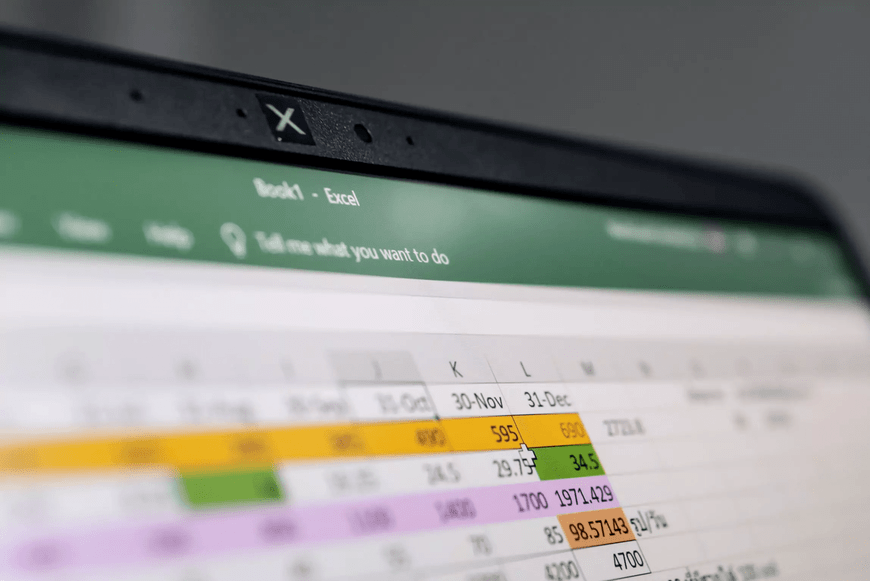
Accurate material & labor cost data is key for project bidding
The art of project bidding is one of the most important skills a construction or project manager needs. Knowing how to bid accurately means all the difference between making a profit, and losing money. But mastering the fundamentals of effective job costing can be difficult.
Here’s a few basic considerations you need to factor in, if you’re an estimator or involved in the bidding/estimating process:
1. Base the materials estimate on actual costs. For simple jobs, this means just counting items/materials needed, then multiplying by the direct cost. But most jobs aren’t so simple. There may be hundreds of items needed, or various types of a category of item, which complicates the calculations. You’ll need to factor in wastage, setup and staging of materials, and any assembly/engineering of components. The more you nail down actual costs of jobs, the more informed you’ll be in the bidding process.
2. What materials do you already have? Without good tracking of what’s in stock, you’ll order things you don’t need and cut into your profits. This means you need an effective inventory system that tracks what has been ordered, what’s been used and what has been re-stocked.
3. Factor in transportation, storage and handling. These can kill your profitability if overlooked. Many times they’re just rolled into a bulk “shipping” category, but depending on weight and distance this can really throw off estimates. Also, by including hess in your process, you may be able to gain savings through just-in-time methods.
This is where busybusy comes in. Our mobile time tracking app automates timecards and the reporting and analyzing of labor hours.
4. Use accurate hours/labor costs from past jobs. This is absolutely crucial to making good bids. This means having a system in place to track and manage labor – hopefully in real time. Having accurate data on man-hours used during previous projects gives you several huge advantages. First, it allows you to know precisely how much room you have when fine-tuning your bid, and carefully balancing between lowering a bid and maintaining your profit margin. It also gives the ability to see where you came in under budget on past projects, areas where you can look for increased profit.
Without a way to analyze the actual hours spent, and to apply that data to your estimates, you start each bid on false assumptions. And those false assumptions have a ripple effect on all your bids, and all your jobs. Without an accurate way to track time and labor, those hours become “profit-suckers” or missed opportunities if they’re not realistically calculated.
5. Set up and stick with a formal bid review process. All the advantages discussed above will slip away if you don’t have a formal process for really looking at each bid submitted – whether you got the job or not. There needs to be a critical review to see if accurate material and labor costs were used, based on good data. Did you over-quote or under-quote anything? Why? Did you miss anything? With a good review process, you get better with each bid. Without it, you’ll keep making costly mistakes over and over.











